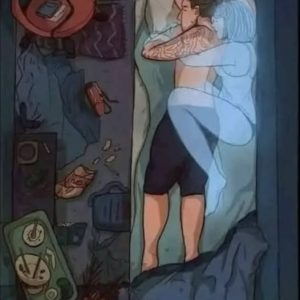Livedo Reticularis (LR) is a skin condition marked by a purplish, lace-like discoloration, typically on the legs, arms, or trunk. While it may look alarming, LR is often harmless—especially when it’s temporary and fades with warmth.
This pattern results from uneven blood flow in small vessels, causing deoxygenated blood to pool. Cold weather often makes it more visible. There are two types: primary LR, which is benign and cold-induced, and secondary LR, which may signal underlying health issues.
Common causes include cold exposure, autoimmune diseases (like lupus or antiphospholipid syndrome), blood clotting disorders, vasculitis, and certain medications. Rare but serious links include Sneddon’s syndrome and cholesterol embolization.
While the hallmark sign is the net-like skin pattern, some may also experience numbness, ulcers, pain, or even neurological symptoms if systemic disease is involved.
Diagnosis involves a physical exam, medical history, and possibly blood tests, imaging, or biopsy. Treatment depends on the type—primary LR may need no intervention, while secondary LR requires managing the root cause.
If LR is persistent, painful, or accompanied by other symptoms, medical evaluation is essential for proper care and early detection of serious conditions.




